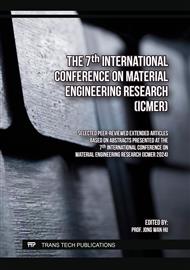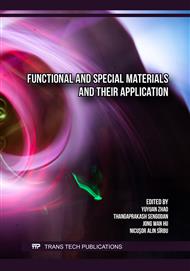p.49
p.59
p.67
p.77
p.85
p.93
p.103
p.109
p.115
Design and Development of Small-Scale, Industrial Compression Molding Machine for Bamboo Biocomposite Boards
Abstract:
Bamboo production is one of the emerging sectors in the Philippines in terms of socioeconomic value and environmental sustainability. Its versatility in product design and sustainability from production to end-of-life has become popular in the local and foreign markets. However, challenges remain in utilizing bamboo and its potential as a sustainable material. During the post-processing of bamboo products, 33.5% to 70% of bamboo ends up as waste. One solution to the problem is utilizing bamboo wastes in biocomposite materials. However, the technology developed for bamboo-based biocomposite processing is only available in large industries. This project focuses on creating an industrial compression molding machine to efficiently transform bamboo wastes into biocomposite boards. The study employs a comprehensive methodology from computer-aided design and fabrication to machine and product testing and design of experiments. Results demonstrate optimal performance at 180°C and 45% waste content that meets industry standards. Beyond contributing to biocomposite production methodologies, this research addresses the imperative for sustainable practices in the evolving bamboo industry with broad potential applications in the industry.
Info:
Periodical:
Pages:
103-108
Citation:
Online since:
December 2024
Price:
Сopyright:
© 2024 Trans Tech Publications Ltd. All Rights Reserved
Share:
Citation:



